The mass spectrometry trailblazer on leaving school at 16 and waving the flag for technicians
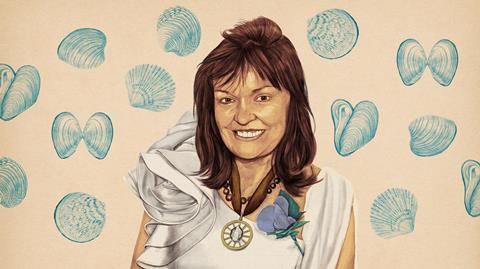
Carol Robinson is the director of the Kavli Institute for Nanoscience Discovery at the University of Oxford, UK. She served as president of the Royal Society of Chemistry from 2018 to 2020, and recently received the Lifetime Achievement Award from the European Patent Office for contributions to blood analysis, drug development and biochemical research. She also won the 2022 Benjamin Franklin Medal in Chemistry, and founded the spin-out company OMass Technologies in 2016.
I grew up in south London, and we lived there until I was about 10 before moving to the south Kent coast. Then I suddenly saw nature for the first time. I started to collect and organise flowers, shells and all sorts of things that I’d never seen before. That was really my early introduction to science.
Nobody in my family had an academic background. I was the first one to get a degree, albeit a part-time one. For my father it was difficult because of the war years – he was a bit traumatised by his experiences and would do office jobs in insurance. I think he would have loved to have done something else, but unfortunately when he would have gone to university that was not an option because of the war.
We didn’t have much science education, but when I got to high school we did have a good chemistry teacher – he was a newly qualified teacher so he was young and dynamic. Previously, we’d had this older lady who just didn’t inspire us and made it quite boring, unfortunately.
‘Don’t try to be too clever with the periodic table – just remember that hard things are here and gases are here,’ my teacher said. But I was completely hooked by trying to explain reactions. I came up with my own theories about things, and he was just like, ‘No, don’t do that, you won’t pass the exam by getting deep into that – just give back what I’ve told you.’
There wasn’t anyone for me to follow academically. My elder brother had left school early to go into insurance, and so I left school early too. But I wanted to do science, so I became a technician. I was only 16 and couldn’t drive, so I needed to work somewhere close to home and I could take a bus to Pfizer.
I did chemistry as a technician at Pfizer for seven years, and during that time I earned a part-time undergraduate degree through the Royal Society of Chemistry. At 23 years old, I eventually got my undergraduate degree. Then I earned a master’s degree.
Eventually, I managed to get to Cambridge to do my PhD. But I had what people would call a big impostor syndrome – you turn up there with a part-time degree and everybody else has an amazing degree so you feel on the back foot.
After my PhD, I wanted to learn some biology and decided to retrain in genetic engineering. Then I became pregnant with my first child, and I was using quite a lot of radioactive phosphorus, so it wasn’t great.
Then I had two more children and so had a break from science for eight years. I took them to the library one day and saw in the New Scientist an advert for a mass spectrometry service person at Oxford. I knew I could do that, so applied and got the position. I was 37 and felt a lot older than everybody – there were some current postdocs who were in their 20s, and I felt like an old housewife.
That was an opportunity to set things as I wanted them to be when I was young – with kindness at the centre
Things went well and after some lucky breakthroughs I got a Royal Society fellowship and was able to transition to my own lab. I had just one student and one mass spectrometer, and then from there it just grew and grew.
An offer for the honourific title Dame came in this great big envelope that said ‘On Her Majesty’s Service’. At first, I thought it was a tax mistake on my part, so I opened it with some trepidation. But it turned out to be this wonderful thing. My children were scattered all over the world – in America, in China, and London – and they all came in for the occasion. It was very special.
As RSC president, I really wanted to wave the flag about technicians because I think they are underappreciated. And having been a technician, I realised that not much happens if they are not engaged and working with the scientists.
I was the first female chemistry professor at Cambridge and then at Oxford. You are more noticeable, so it was a bit daunting initially. I can’t complain, though – some chemistry departments were a bit difficult, but they’ve become better. It wasn’t always very supportive, it was quite competitive and not like it is now when we like to nurture and mentor people.
At Oxford, I’ve started a new institute called the Kavli Institute for Nanoscience Discovery, which spells ‘Kind’. For me, that was an opportunity to set things as I wanted them to be when I was young – with kindness at the centre, support for early career researchers, and breaking down the barriers between disciplines.
My room at home looks out over a river, and sometimes I watch swans or ducks and other wildlife that go by. For me that’s idyllic and quite inspirational. That’s where I was working during the Covid-19 lockdown. I love nature, so it’s very peaceful, non-stressful and beautiful.
I like gardening and growing things like vegetables and flowers. I also hike a lot and enjoy running – I’m quite slow these days but still do it. Running in the morning is the best, that’s when I’m just waking up and thinking about my day and working through ideas in my head.
Lack of funding is the biggest threat to science right now. In this country, we really have to make a good case for the new government to support scientific research. Basic research can pay back enormously, in terms of generating things like vaccines and other amazing new discoveries.



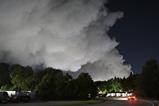








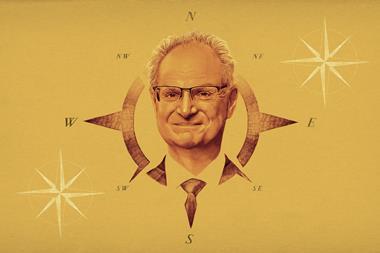

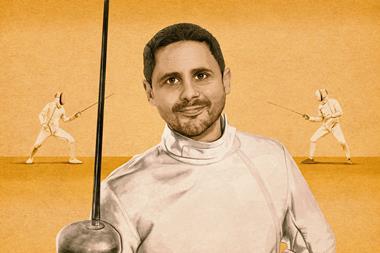
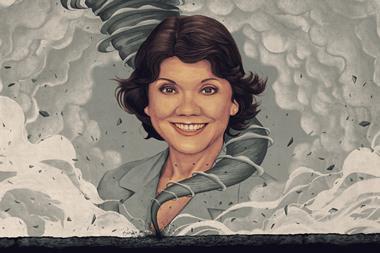

No comments yet